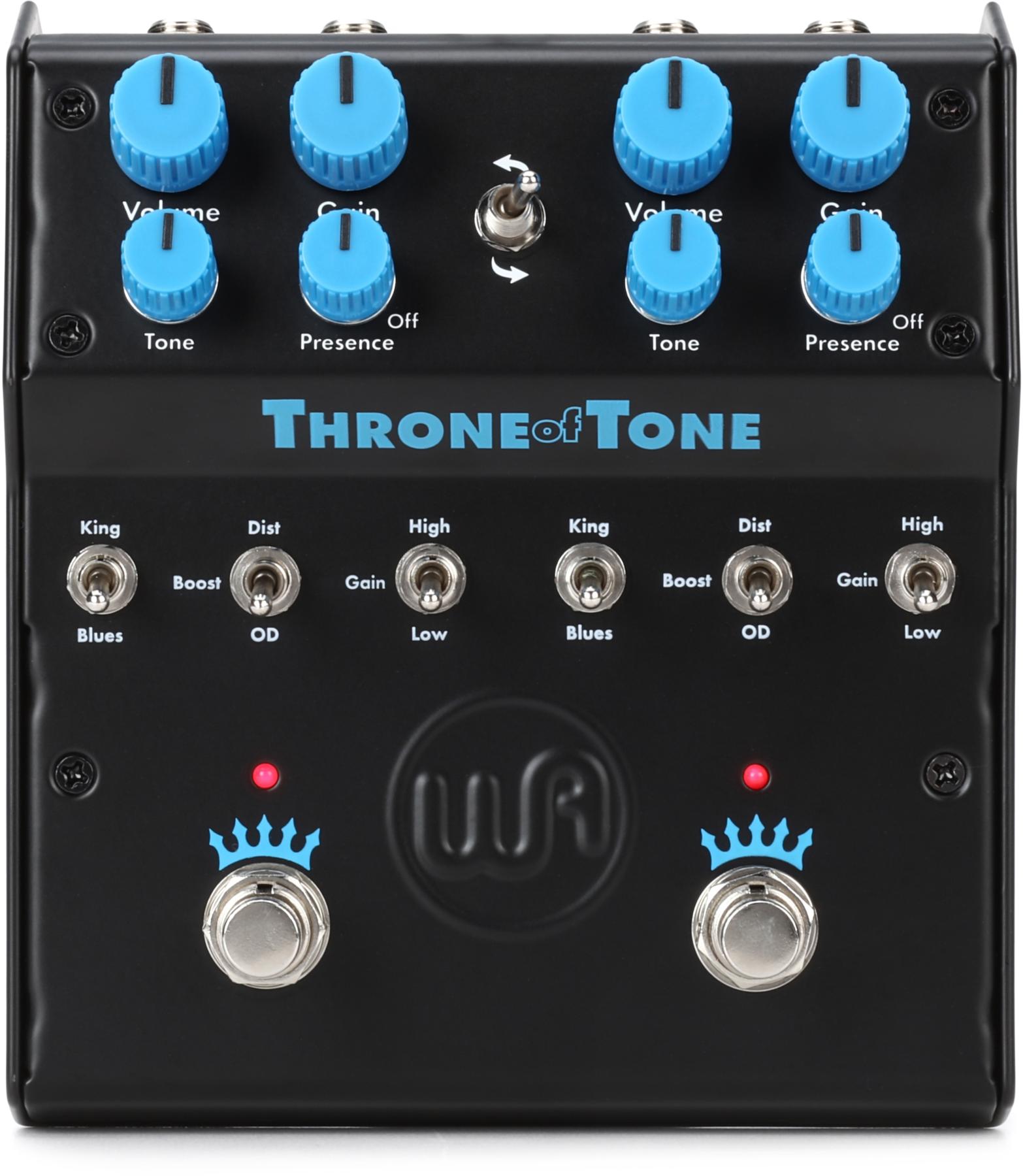Dusty Hill’s new No. 1 bass matches Billy Gibbons’ No. 1 guitar, and both are chambered John Bolin creations. The new designs are called the “Peeler” guitar and bass, because of the paint-peeling look, which is a laminate sticker design that was inspired by the peeling finish of a ’56 Precision bass that was damaged in a flood. All of Hill’s basses are ’50s slab-body Precision basses that feature Babicz bridges and stacked Seymour Duncan Precision reissue pickups. The bridge pickup in Gibbons’ T-style is a Cream T Billy Gibbons signature Banger and Mash.
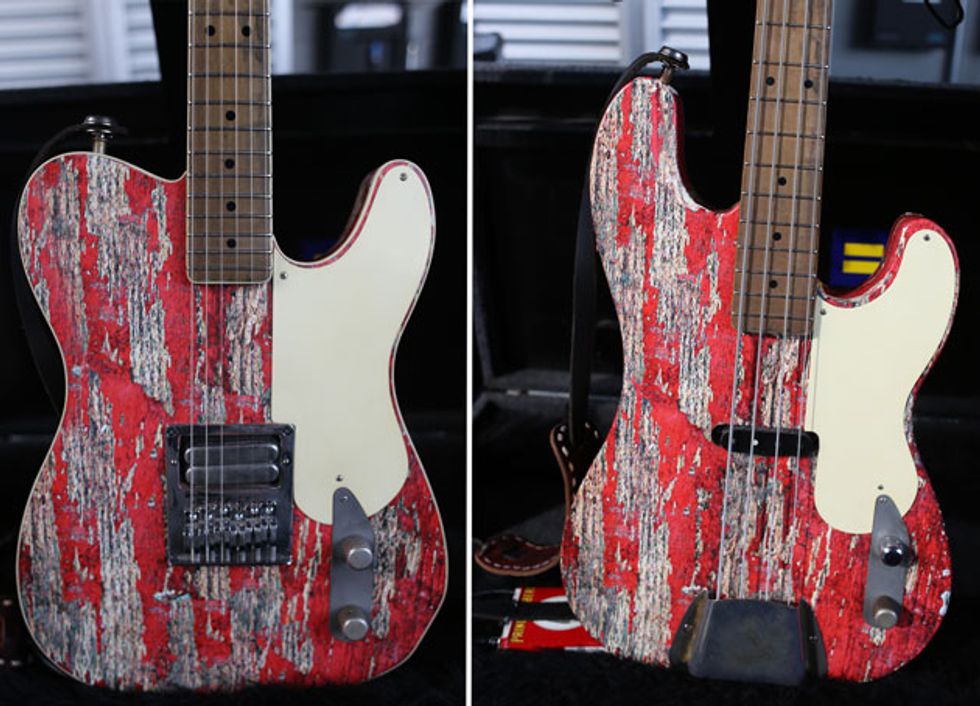
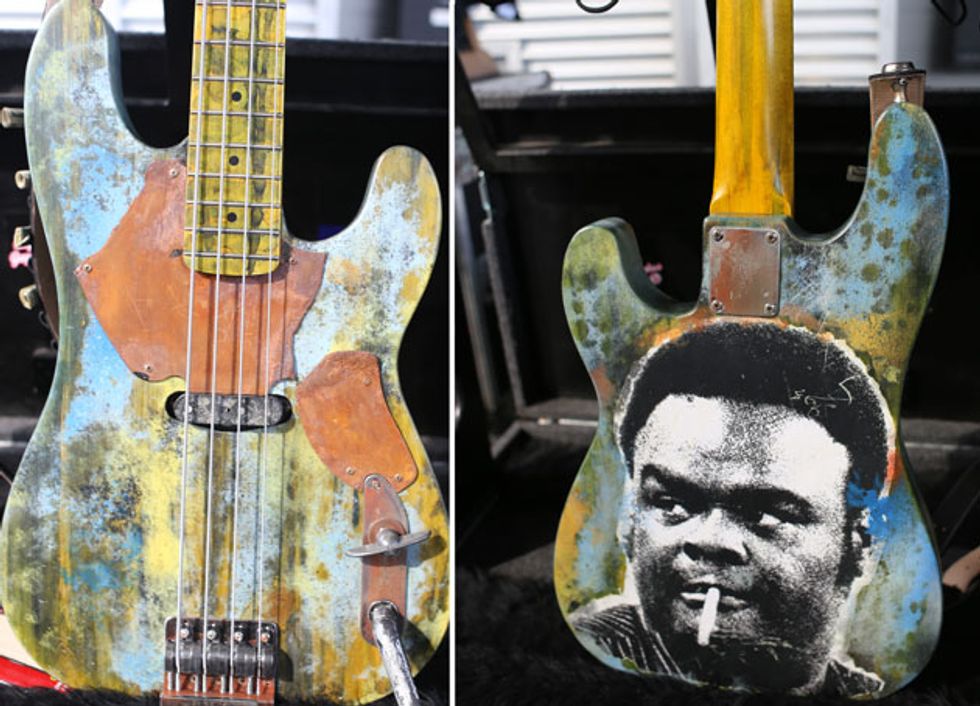
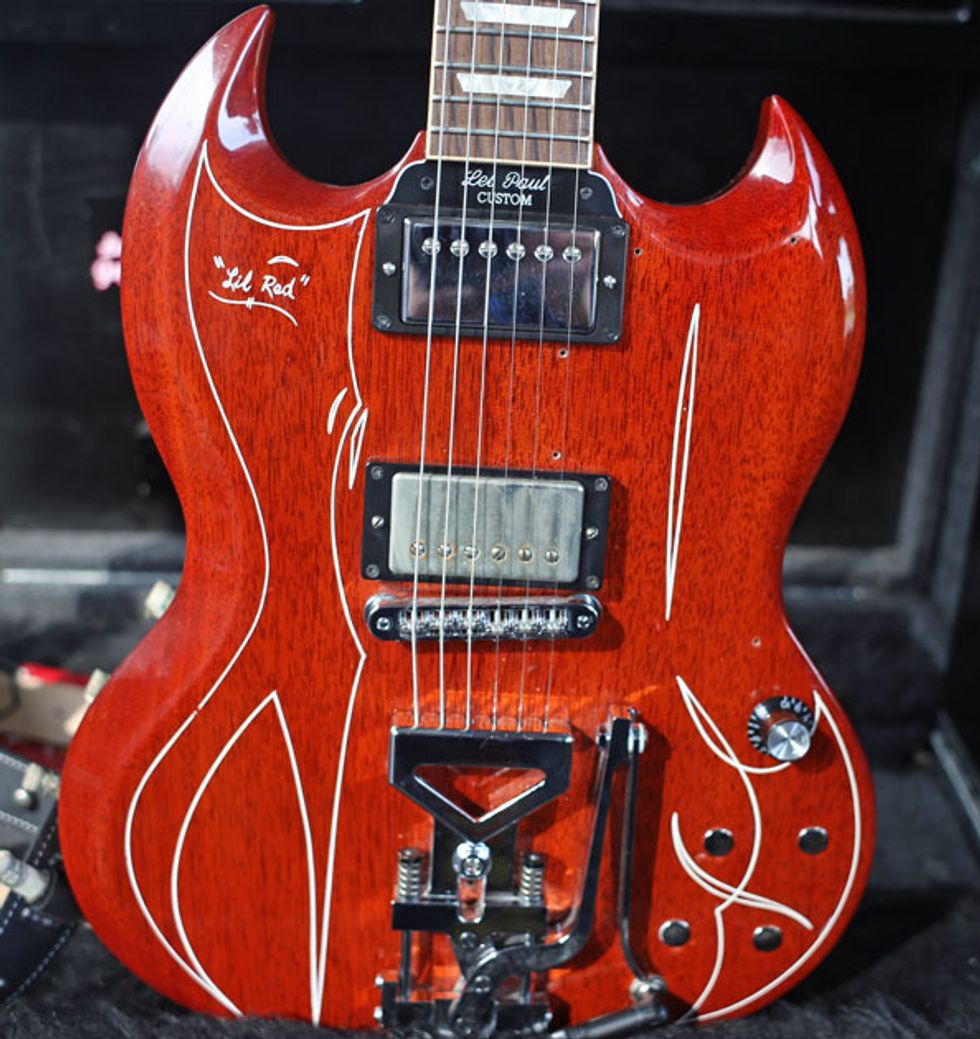
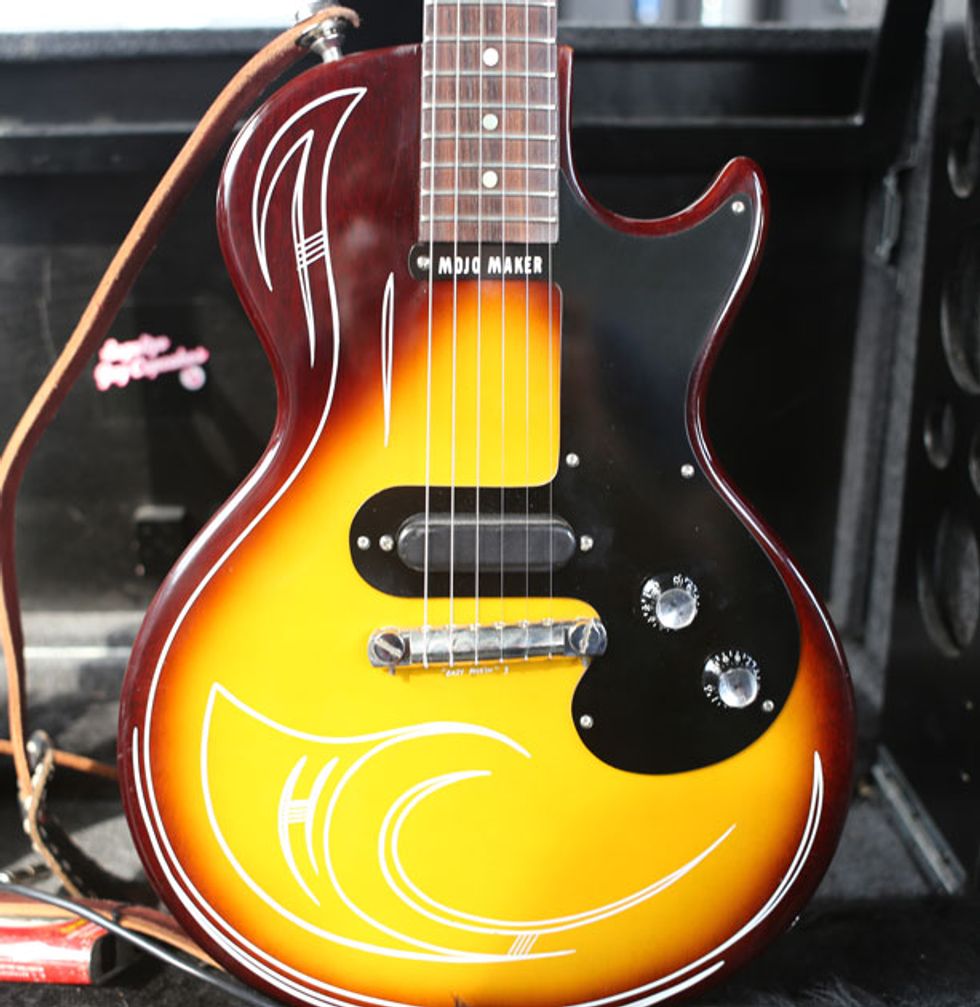
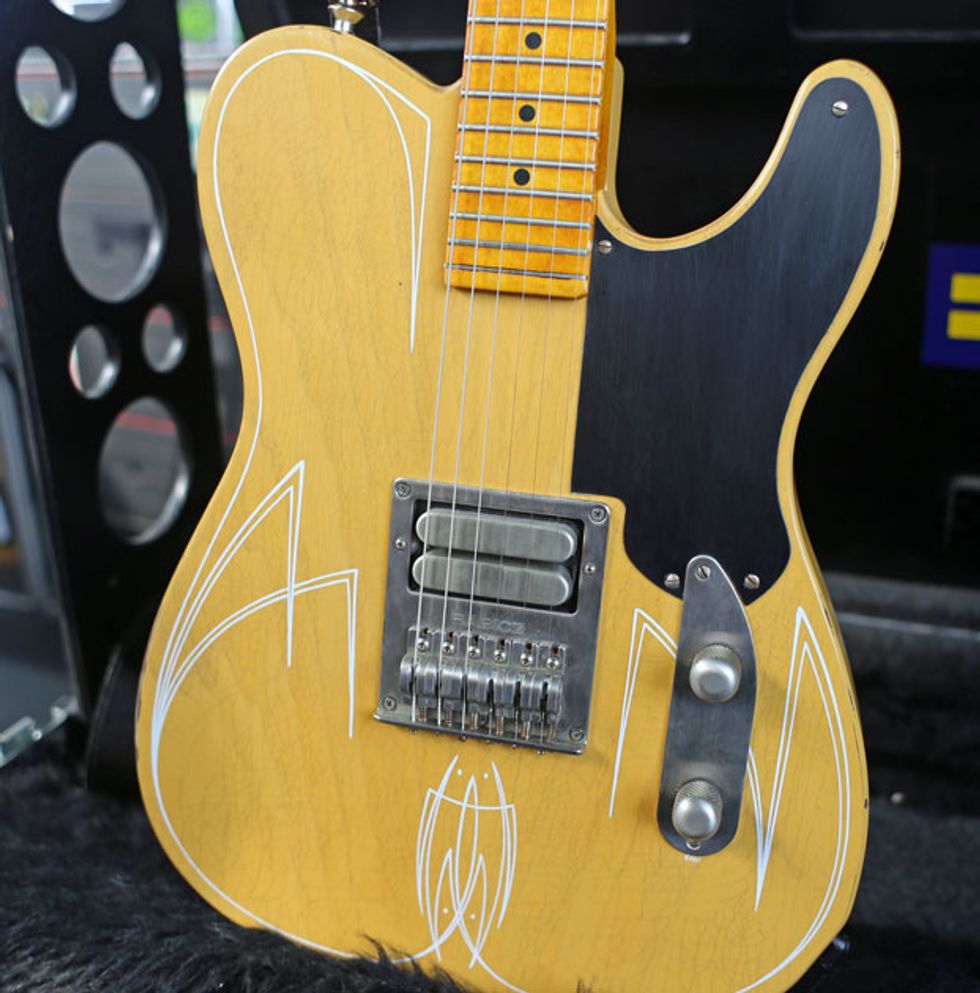
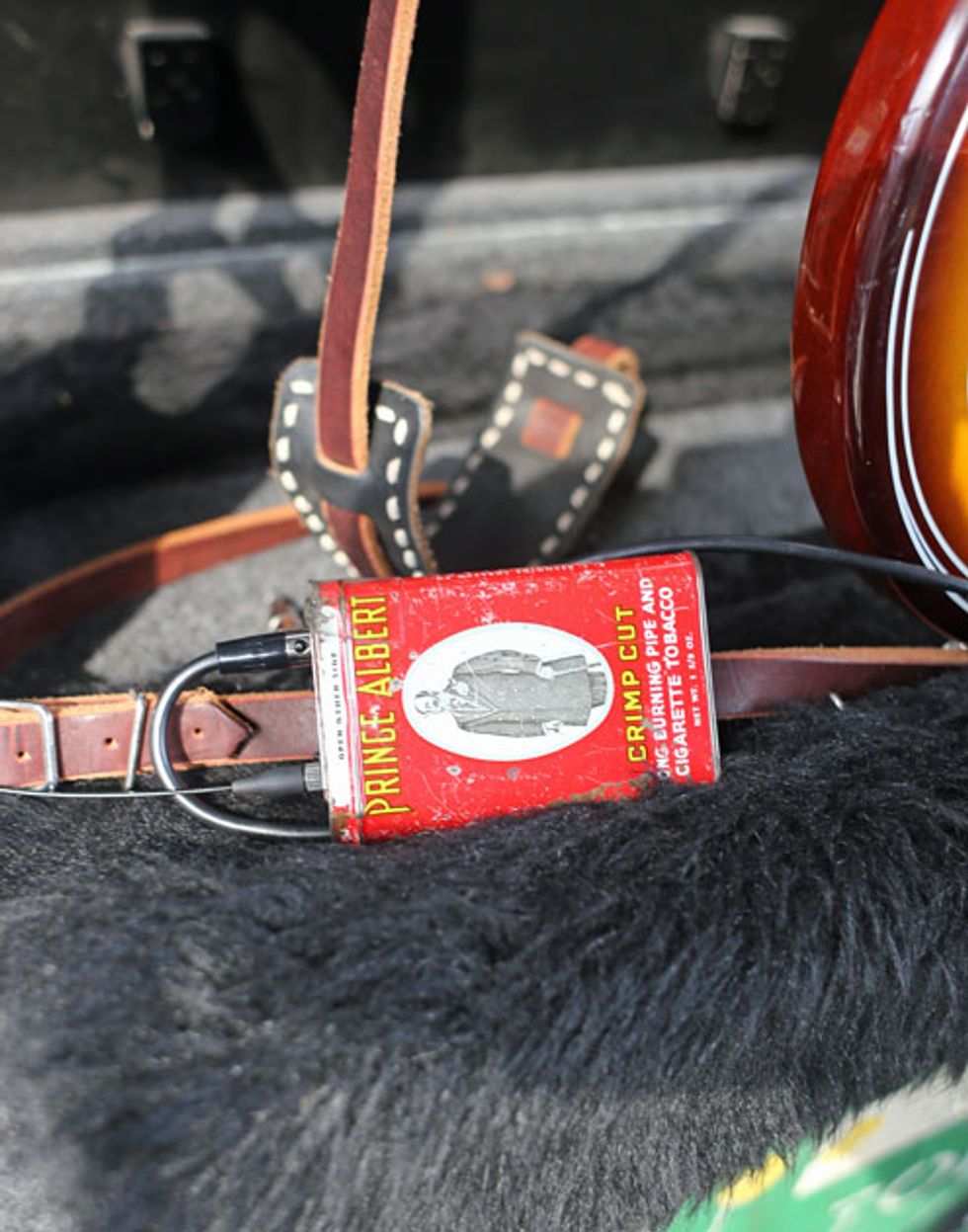
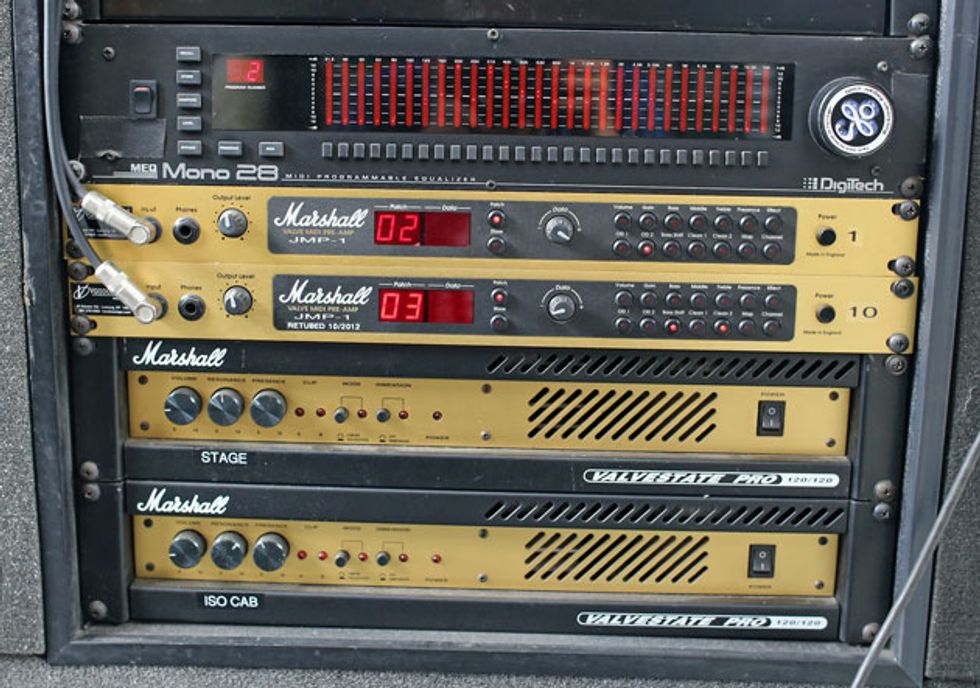
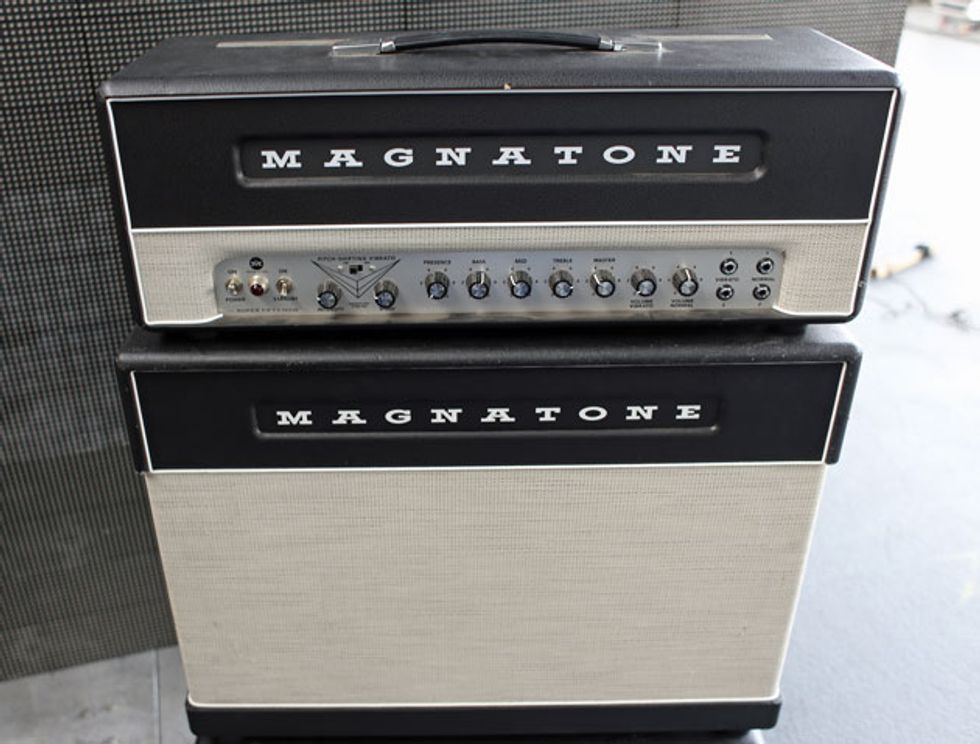
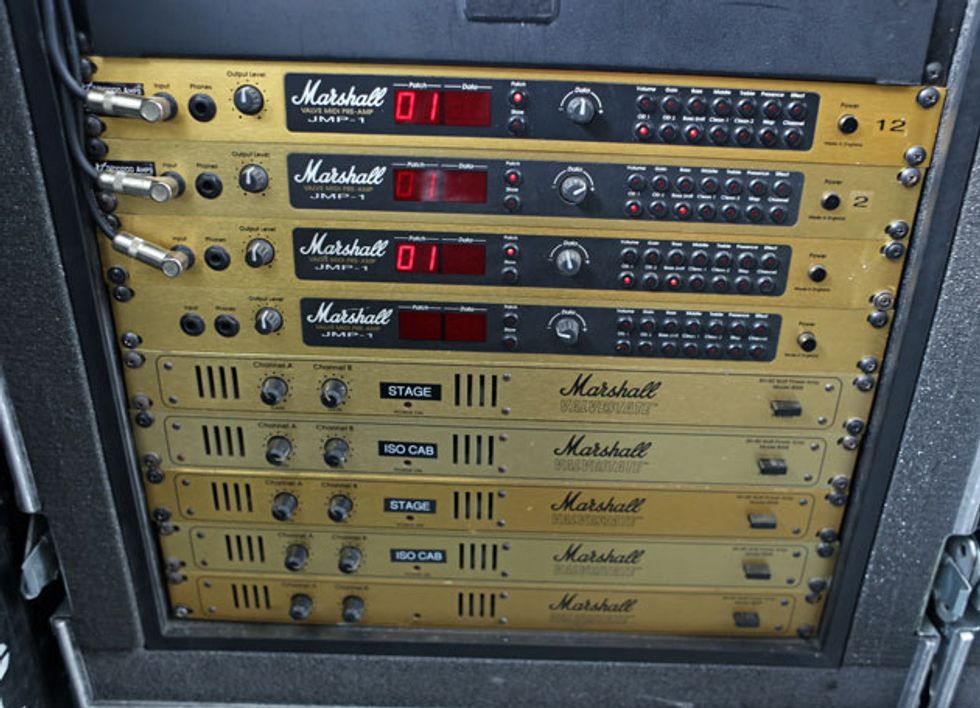
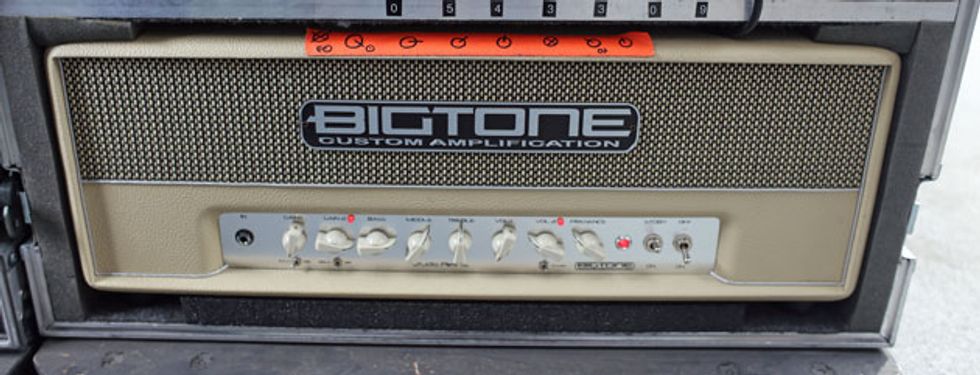
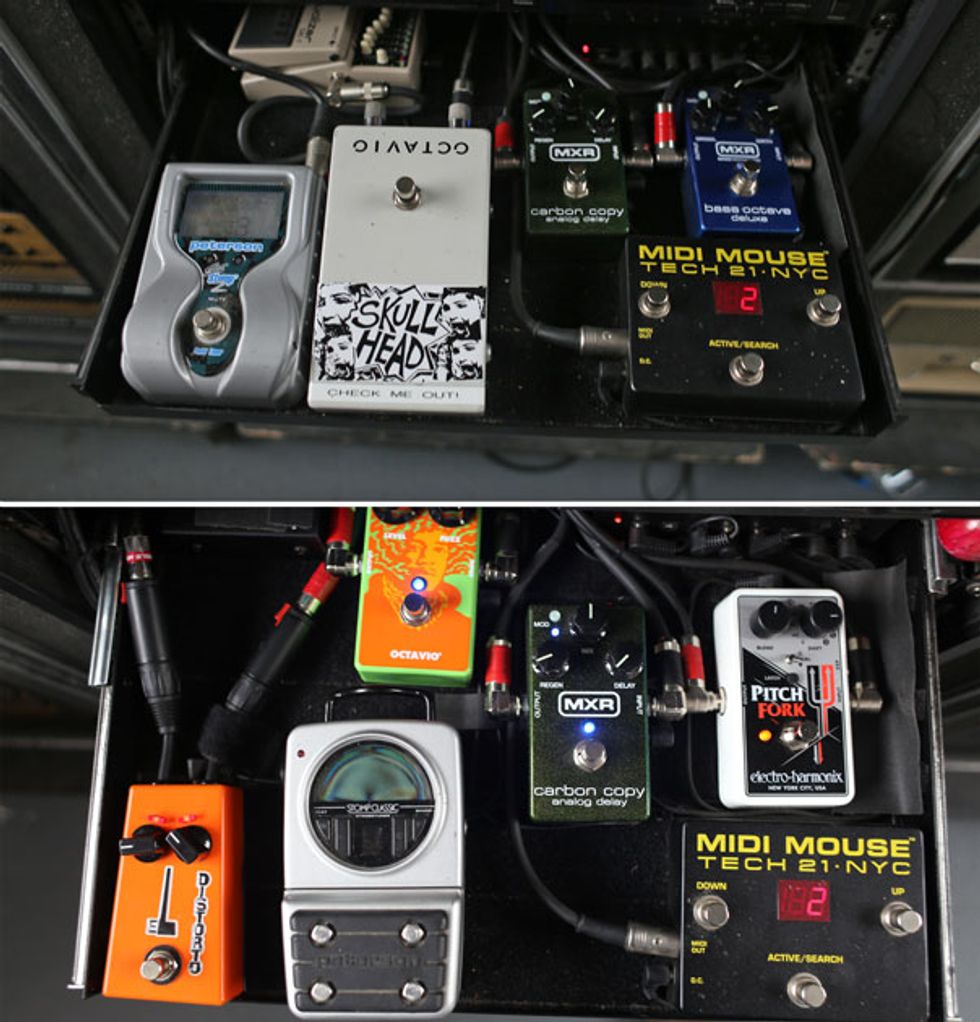
ZZ Top’s guitar and bass tech, Elwood Francis, explains the ins and outs of the newest guitars and basses that Billy Gibbons and Dusty Hill have out on the road for 2015.







![Rig Rundown: Russian Circles’ Mike Sullivan [2025]](https://www.premierguitar.com/media-library/youtube.jpg?id=62303631&width=1245&height=700&quality=70&coordinates=0%2C0%2C0%2C0)


























